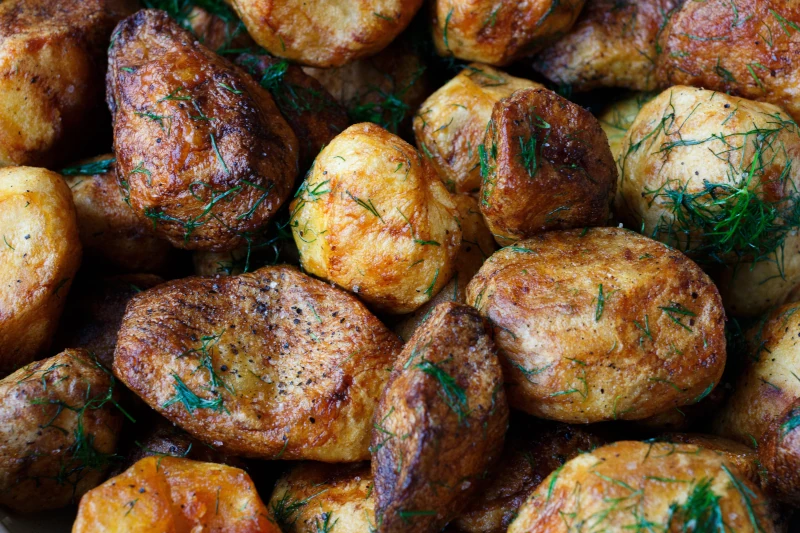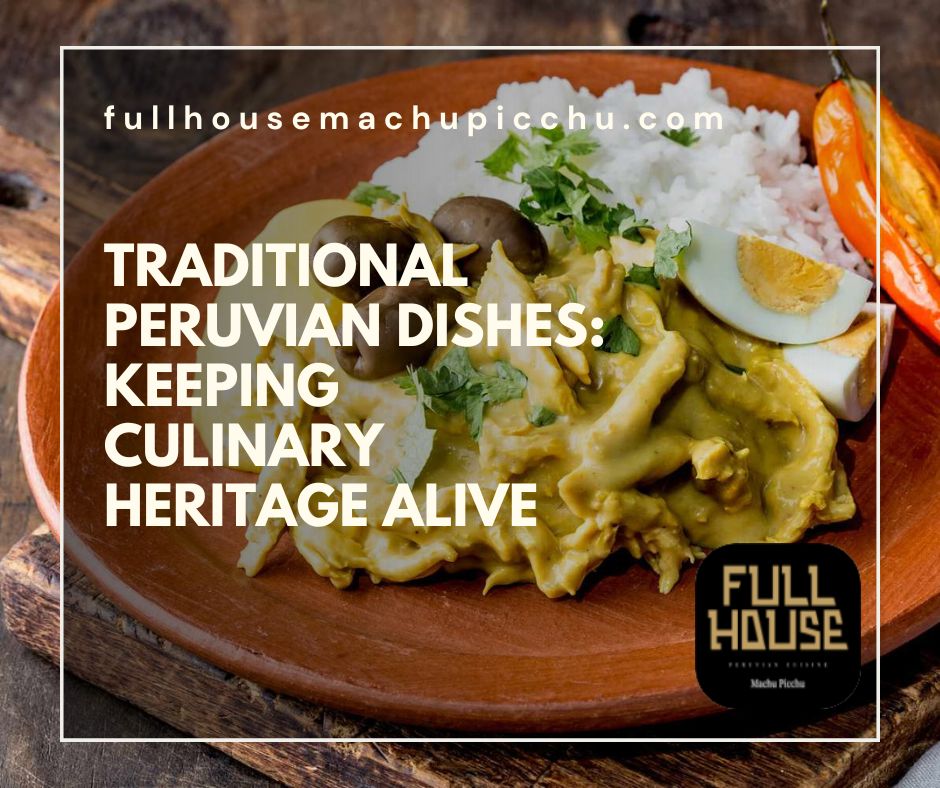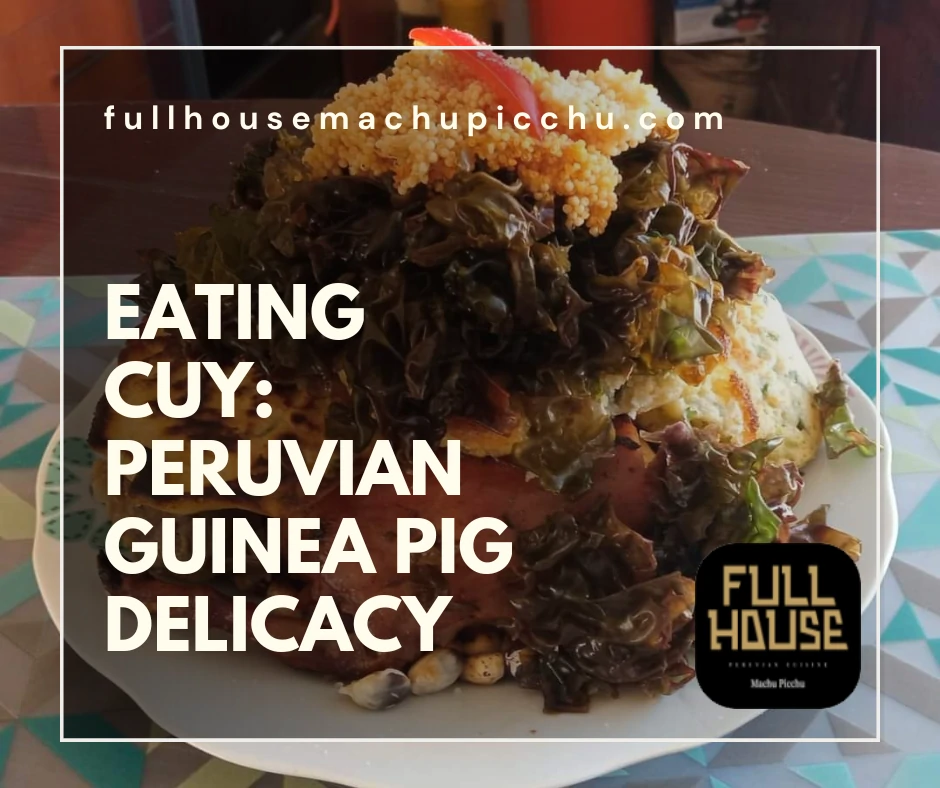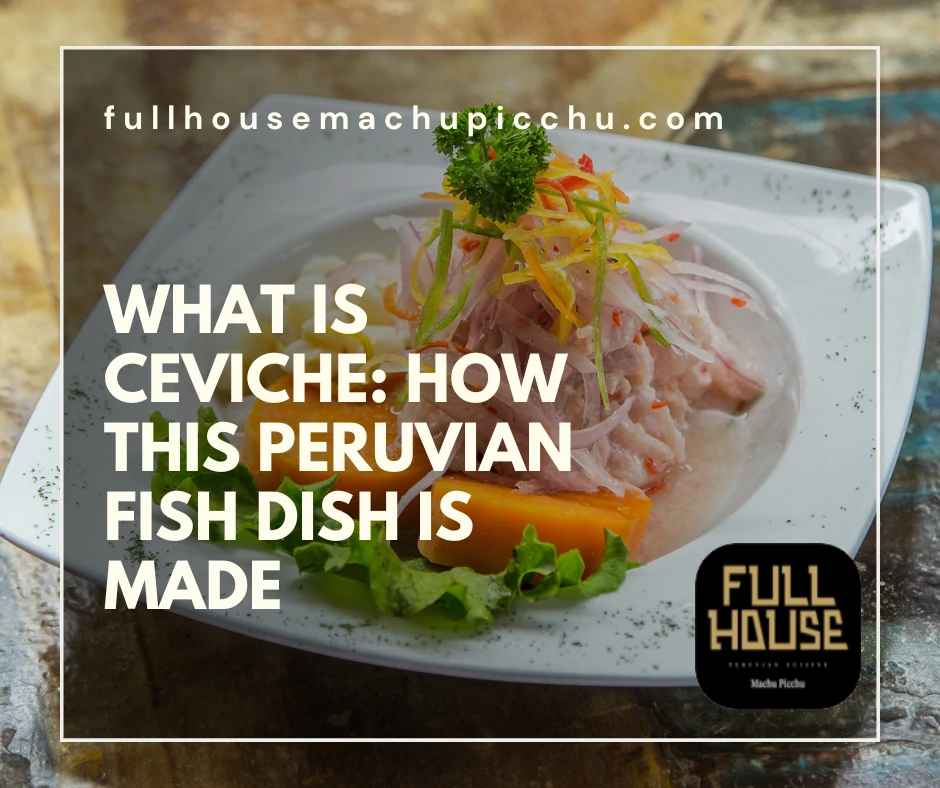Peru, a land rich in history, culture, and breathtaking landscapes, is also home to a culinary tradition that spans centuries. Traditional Peruvian Dishes show the country’s rich history and diverse flavors. It’s not just about eating, but also about understanding their culture.
Peruvian food combines local ingredients with Spanish, African, Asian, and other immigrant influences. Also, the ingredients come from coastal areas, the Andean mountains, and the Amazon rainforest. This potpourri has given rise to a captivating culinary landscape that continues to captivate food enthusiasts around the world.
Traditional Peruvian dishes serve as a powerful link to the past in the midst of a rapidly evolving global food scene. These dishes embody the spirit of Peru, showcasing its unique ingredients, culinary practices, and regional specialties. Each bite tells a story, evoking the traditions, customs, and cultural celebrations that have shaped the country’s gastronomic identity.
In this article, we will explore Peru’s diverse regions and their signature dishes that define the country’s food. The peruvian cuisine goes from the bustling streets of Lima, where street food reigns supreme, to the high-altitude kitchens of the Andean villages.
We will discover the secrets behind these time-honored recipes and the passionate individuals who dedicate themselves to keeping the culinary heritage of Peru alive. We will explore the secrets of traditional Peruvian recipes and the people who work hard to preserve Peru’s culinary heritage. Explore traditional Peruvian cuisine, enjoying timeless flavors and celebrating their cultural significance. Join us on this culinary journey across the best culinary destination.
The rich tapestry of Peruvian Cuisine
The rich tapestry of Peruvian Cuisine weaves together a plethora of flavors, textures, and aromas. From hearty meals to subtle snacks, Peruvian food has it all.
Traditional Peruvian dishes offer a culinary journey through Peru’s diverse regions. Each dish is a testament to the country’s cultural and geographical diversity.
Peru’s dishes reflect the diverse culinary regions, from the coastline’s fresh seafood to the Andean highlands’ hearty meals. The country’s abundant resources allow for a varied cuisine.
Traditional Peruvian dishes often combine native ingredients with foreign influences. This blend creates unique flavors that represent Peru’s multicultural heritage.
As a sample of Peruvian dishes, we have the Ceviche. Made with fresh fish cured in citrus juices, it englobes the country’s coastal culture. Similarly, lomo saltado, a beef stir-fry, showcases the Chinese influence on Peruvian cuisine.
Peruvian fusion cuisine further exemplifies this cultural blend. Chefs artfully combine traditional ingredients with global cooking techniques. This fusion has placed Peruvian cuisine on the international gastronomic map.
Peruvian cuisine also features native crops like quinoa and potatoes. With over 3,000 potato varieties, these tubers form the backbone of many traditional Peruvian dishes.
Another signature ingredient is corn, which can be used in dishes like tamales and humitas. These dishes represent the agricultural richness of the Andean region. The Amazoncontributes with fascinating fruits and fish too.
Peru’s rich culinary tapestry extends to desserts. Picarones, sweet potato donuts, and alfajores, hard dough filled with dulce de leche, are the classic and beloved desserts.
Peru’s drinks complement the vibrant cuisine. Pisco sour, a tangy cocktail, and chicha morada, a sweet purple corn drink, enhance the culinary experience. Immerse yourself in the culture while enjoying the cuisine. Once you arrive you can enjoy the journey through Peru’s diverse culinary regions.
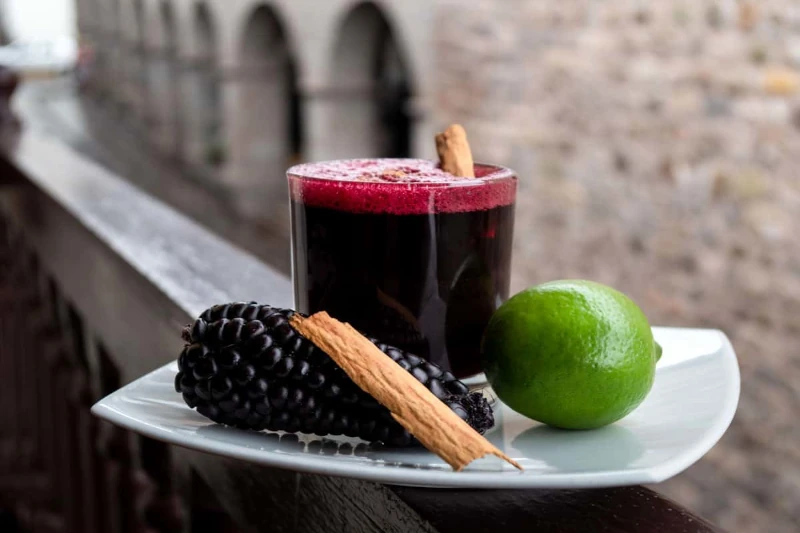
Preserving ancestral recipes and techniques
The culinary world of Peru is a vibrant arena where old traditions hold sway. One may wonder, how does it remain fresh and exciting? The secret lies in the preservation of ancestral recipes and techniques. These time-honored practices continue to breathe life into Traditional Peruvian Dishes.
These dishes speak volumes about Peru’s past. They narrate tales of the Inca civilization, Spanish colonization, and immigrant influences. Each plate is a canvas painted with flavors, chronicling the nation’s diverse history. However, their essence lies in age-old recipes and techniques.
From the mountains to the coast, each region boasts its unique dishes. For instance, Ceviche, arguably Peru’s most famous dish, is an enchanting mix of fresh seafood, lime, and chili. Its preparation stays true to ancient practices, demonstrating the enduring legacy of Peru’s coastal communities.
Besides, the Andean region proudly offers Pachamanca. This traditional dish involves cooking meats and vegetables in an earthen oven, a technique passed down through generations. This dish highlights the union of culinary traditions and the resilient spirit of the Andean people.
The preservation of such methods has allowed Traditional Peruvian Dishes to retain their essence. At the same time, they provide a fascinating glimpse into Peru’s past. These dishes, thus, offer more than just gastronomic delight; they offer a taste of Peru’s cultural heritage.
This dedication to uphold ancestral practices, however, doesn’t dampen innovation. On the contrary, it fosters creativity. The blend of time-tested techniques with modern culinary trends results in dishes that honor the past while embracing the present.
The preservation of ancestral recipes and techniques is not just about keeping traditions alive. It is a bridge connecting the past with the present, infusing modern Peruvian cuisine with a distinctive charm. To truly appreciate this, one must savor Traditional Peruvian Dishes, where old and new harmoniously coexist.
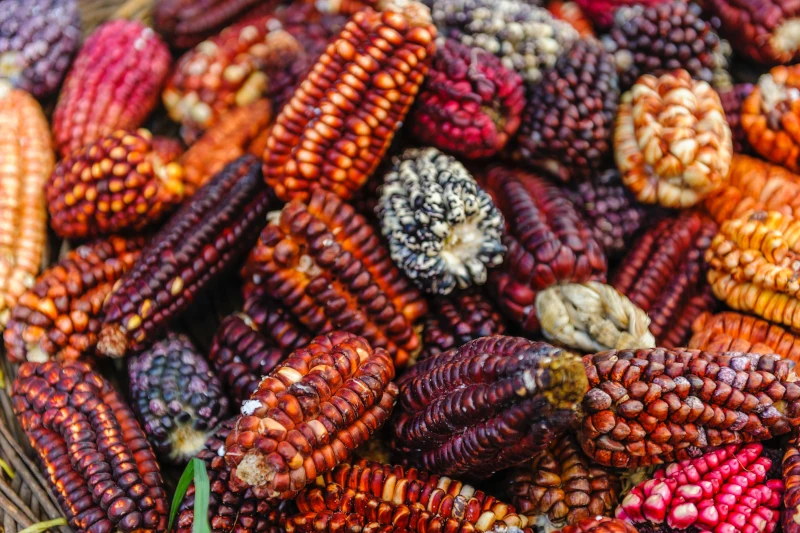
Exploring the delights of Peruvian Gastronomy
Peruvian Gastronomy is a delightful exploration for the senses. A patchwork quilt of diverse culinary influences. It’s a cuisine that is famous for its flavors, ingredients, and age-old traditions. Its delicacies, a blend of ancient practices and modern innovation, cater to all palates.
This variety is no accident; Peru’s culinary strength lies in its vast geography, which stretches from the sun-drenched coast, across the towering Andes, to the verdant Amazon rainforest. Each region offers unique ingredients that contribute to an exceptional gastronomic scene.
Thus, culinary conservationists cultivate the country’s reputation as a world-renowned food destination. Peru’s food is amazing because of its diverse geography. It has fresh seafood, unique fruits, and fragrant herbs. The variety is incredible.
Every dish tells a story, reflecting the history and culture of the region.The beauty of Peruvian Gastronomy is its simplicity. It shines through in its ‘street food’ culture. Empanadas, anticuchos, picarones – are treats that can eat at every corner, promising a burst of flavors with each bite.
Peruvian Gastronomy also has its gourmet side. Novo-Andean cuisine showcases the fusion of traditional ingredients with modern techniques. Also, Nikkei cuisine, a product of Japanese influence, incorporates unique techniques with Peruvian flavors.
The gastronomic journey continues all the way to beverages. Peru offers an array of beverages that complement its food. From the famous Pisco Sour to the purple corn drink, Chicha Morada. There’s a drink for every mood and meal.
Peruvian Gastronomy is a delightful mix of taste, tradition, and innovation. It’s a cuisine that speaks volumes about Peru’s rich history, culture, and its people’s love for food.
